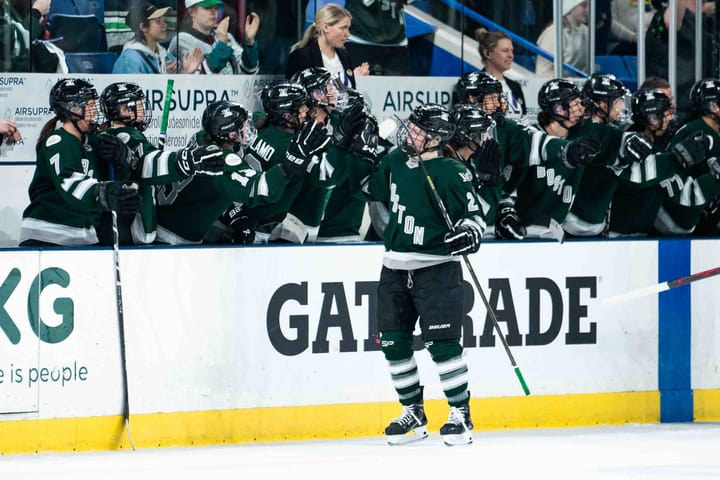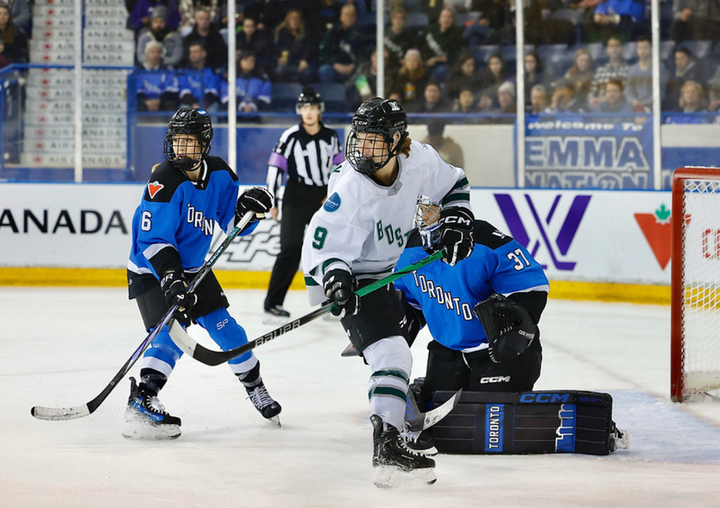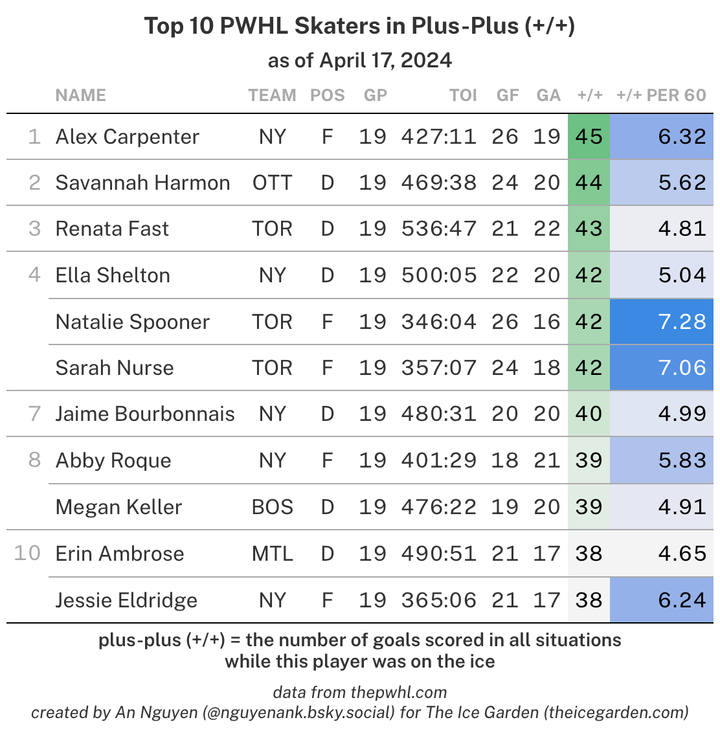The cards are stacked against NWHL, PWHPA for the 2020-21 season
But there is some hope.
It could have been a landmark year for professional women’s hockey. The NWHL was showing signs of growth and stability in its rosters and coaching staffs, in addition to expanding to Toronto. The PWHPA restructured based on player feedback following a strong first year.
Then the pandemic hit, and it keeps on hitting.
Despite other leagues being able to play through the pandemic, women’s professional hockey is in a unique position. Both the NWHL and PWHPA might have to make significant changes to their plans, if they’re even able to play at all.
Travel troubles
The NWHL started off as a regional-centralized league, relying on bus travel to cut down on costs. The expansion to Minnesota added in flights, and the more recent expansion to Toronto will push that further. Last season’s Dream Gap Tour saw significant air travel as well, especially given that one of the five hubs is in Calgary.
One of the key factors that appears to exacerbate coronavirus risks is recirculated air. Any mode of large group transportation will have that, from buses to airplanes to trains. The travel also runs the risk of spreading across states, back to players’ homes, work places, and community as they come in contact with more and more people.
There’s also the issue that the border between the US and Canada is closed to non-essential travel until Aug. 21 and could be extended on a monthly basis. The NWHL season isn’t set to start until mid-November and there’s no date for the PWHPA, so there’s still time. But the border will still be a hurdle to a smooth season.
Popping the bubble idea
Two other women’s leagues — the NWSL and the WBNA — are playing in bubbles this summer to avoid the issues that come with travel. For at least four weeks, all of the players are living and playing in a controlled environment that severely limits, if not completely cuts off, access to the outside world.
For both the NWHL and PWHPA, the option is basically a nonstarter as almost every player has a full-time job outside of hockey. Even though the smaller number of teams — six in the NWHL and five in the PWHPA — that lend itself to a shorter timeframe in a bubble, players would still need to take at least three weeks off work to compete.
In theory it could be done, assuming the players can arrange the time off, and would provide a unique experience for the teams and fans alike. The other leagues have provided a blueprint to follow, too, so the organizations would not have to reinvent the wheel if they can overcome the uncertainty.
An all-digital experience
Hope isn’t all lost for all hockey, though.
Every league returning is fan-less. It’s an obvious and easy answer, assuming the travel issues and concerns are worked out.
While women’s professional hockey heavily relies on the in-game fan experience and option to interact with the players in post-game autograph sessions, fans are used to watching games online already. The NWHL’s Twitch streams were extremely successful. Commissioner Dani Rylan told Front Office Sports that the league had 7 millions views during the season. In addition, both organizations have strong digital presences and are deft at pivoting to a digital-only experience.
Regional possibilities
If a major change to the season has to happen, the possibility of playing regionally with little to no travel involved is a strong idea.
Part of the PWHPA’s restructuring plan included more regional games for their five training hubs. Each hub is set to have a 25-player roster for the showcase games, though they can carry more for practices and additional games. The organization could shift to mostly regional games, with a few inter-hub games between Toronto and Montréal where travel might be easier. Last season’s PWHPA Live! games provide a great roadmap for what they can look like, though streaming those games will be even more paramount if there’s no showcases.
For the NWHL, this path is less clear. Finding willing opponents might be tough if college team don’t return until Jan. 1, 2021, but options are out there.





Comments ()